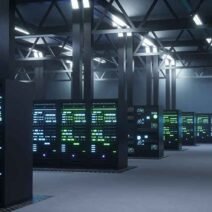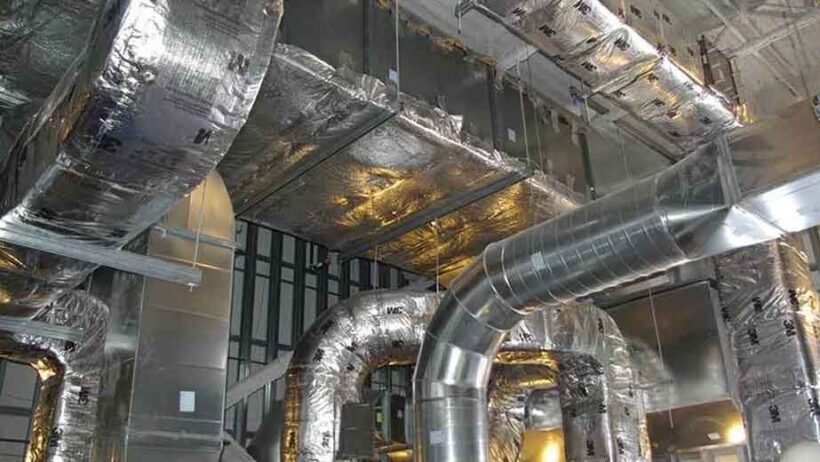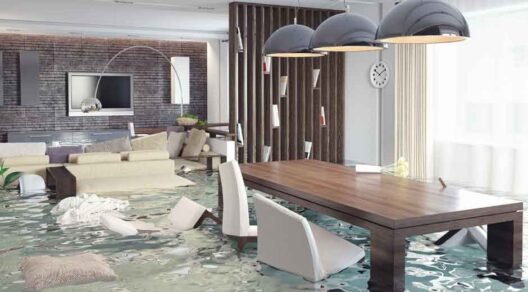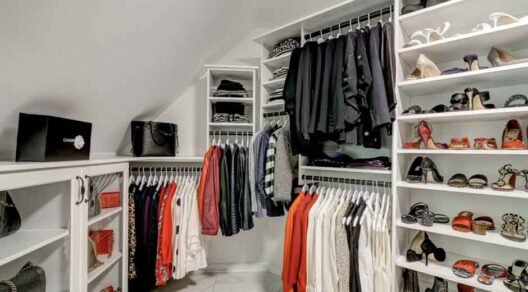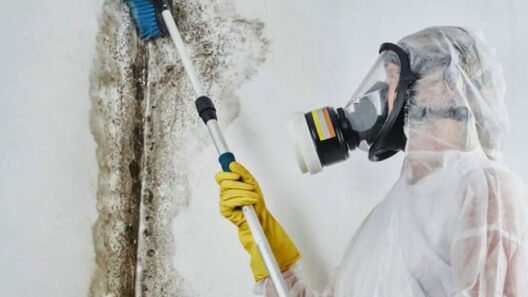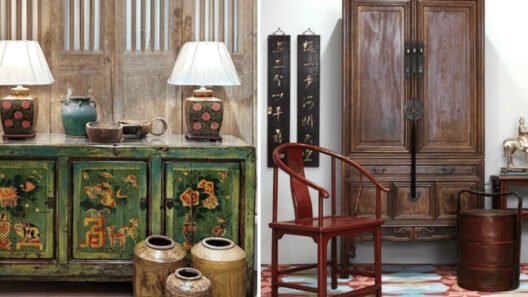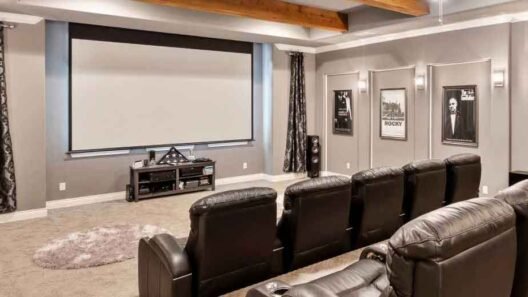We will explore how inadequate insulation in homes and commercial buildings significantly affects the performance and efficiency of HVAC systems. Proper insulation serves as a barrier against unwanted heat transfer, maintaining comfortable indoor temperatures while reducing the workload on heating and cooling units. When insulation is insufficient or improperly installed, HVAC systems must compensate for energy loss, resulting in increased energy consumption, higher utility bills, and accelerated wear on equipment. Beyond energy efficiency, poor insulation can also affect indoor air quality and comfort levels, causing uneven heating or cooling throughout a property. Understanding the link between insulation quality and HVAC performance is essential for homeowners and property managers aiming to optimize energy usage and prolong the lifespan of their systems.
Key Ways Poor Insulation Impacts HVAC Performance
- Increased Energy Consumption
One of the most immediate consequences of poor insulation is a significant rise in energy consumption. HVAC systems are designed to maintain stable indoor temperatures by controlling airflow and temperature distribution efficiently. When walls, ceilings, or floors are poorly insulated, heat escapes during winter and enters during summer, forcing heating and cooling systems to work harder to maintain desired temperatures. This constant overworking not only consumes more electricity or fuel but also increases operational costs. Homeowners in Dothan, AL, may notice that energy bills rise even if their thermostat settings remain unchanged, highlighting the importance of reliable HVAC services in Dothan, AL. Over time, this extra strain can also reduce the overall efficiency of the HVAC system, as the equipment struggles to keep up with the demands imposed by heat loss or gain through inadequately insulated areas.
- Reduced Equipment Lifespan
Poor insulation indirectly affects the longevity of HVAC systems by placing additional stress on their components, based on insights from Cardinal Point Property Management, a leading property management company. When heating or cooling units operate more frequently or for longer durations to compensate for heat transfer through uninsulated spaces, components such as compressors, fans, and motors experience greater wear and tear. This can lead to more frequent breakdowns, costly repairs, or premature replacement of the system. In addition, the constant cycling of HVAC units under increased load can reduce their overall performance, causing uneven heating or cooling. Proper insulation, by contrast, reduces the workload on these systems, allowing them to operate efficiently without overexertion, thereby extending their functional lifespan and reducing the likelihood of unexpected failures.
- Inconsistent Indoor Comfort
Another significant impact of poor insulation is uneven temperature distribution throughout a building. Rooms adjacent to poorly insulated walls or ceilings may feel colder in winter and warmer in summer, creating pockets of discomfort for occupants. HVAC systems attempt to compensate for these inconsistencies, but without proper insulation, maintaining uniform temperatures becomes a challenge. This inconsistency can lead to frustration and the temptation to adjust thermostat settings frequently, which further strains the system and increases energy consumption. Properly installed insulation ensures that conditioned air remains where it is needed, providing a balanced and comfortable indoor environment while allowing HVAC systems to operate more predictably and efficiently.
- Moisture and Air Quality Issues
In addition to energy and comfort concerns, poor insulation can contribute to moisture accumulation within building structures. Areas with inadequate insulation are more susceptible to condensation, which can lead to mold growth and damage to walls, ceilings, and flooring. Mold spores circulating in the air may exacerbate allergies or respiratory conditions for occupants, negatively affecting indoor air quality. HVAC systems operating in poorly insulated environments may struggle to maintain optimal humidity levels, as increased moisture infiltration complicates temperature regulation. By improving insulation, buildings can better manage moisture, reducing the risk of mold and supporting healthier indoor air conditions while enabling HVAC systems to function effectively.
- Higher Environmental Impact
The inefficiency caused by poor insulation extends beyond personal energy bills and equipment wear. Increased energy consumption directly correlates with higher carbon emissions, particularly in regions relying on fossil fuel-based electricity generation. Over time, poorly insulated buildings contribute to a larger environmental footprint, as HVAC systems demand more energy to compensate for heat loss or gain. By addressing insulation deficiencies, property owners can reduce energy waste, lower greenhouse gas emissions, and support broader sustainability goals. This environmental consideration adds another compelling reason to prioritize proper insulation alongside HVAC maintenance and upgrades, reinforcing the link between energy efficiency, cost savings, and ecological responsibility.
- Cost Implications Beyond Energy Bills
While increased energy bills are the most visible cost of poor insulation, indirect financial impacts are equally significant. Frequent HVAC repairs due to overworked systems, premature equipment replacement, and potential structural damage from moisture intrusion all create additional expenses. Investing in improved insulation can provide long-term savings by reducing operational costs, minimizing repair frequency, and protecting the integrity of a building’s structure. For property managers, these savings extend to improved tenant satisfaction and reduced maintenance demands. Overall, proper insulation functions as a preventive measure, safeguarding both the HVAC system and the building from unnecessary financial strain over time.
- The Role of Strategic Insulation Upgrades
Addressing poor insulation does not always require full-scale renovations. Targeted improvements, such as sealing gaps around windows and doors, adding insulation to attics or basements, and enhancing wall cavity insulation, can yield significant benefits for HVAC efficiency. Even modest upgrades reduce energy loss and enhance the overall performance of heating and cooling systems. Strategic insulation improvements also complement regular HVAC maintenance, creating a comprehensive approach to energy management. By combining these measures, property owners can achieve noticeable improvements in indoor comfort, reduced energy usage, and extended equipment lifespan without undergoing extensive remodeling projects.
Addressing insulation issues ensures that heating and cooling systems operate with reduced strain, providing consistent indoor temperatures and healthier air quality while lowering energy costs. Beyond financial benefits, proper insulation contributes to environmental sustainability by minimizing energy waste and associated carbon emissions. For homeowners and property managers, understanding the relationship between insulation quality and HVAC performance is critical for maintaining long-term comfort and efficiency. Investing in insulation improvements is a practical and effective strategy to enhance HVAC performance and protect the building’s structural integrity over time.


